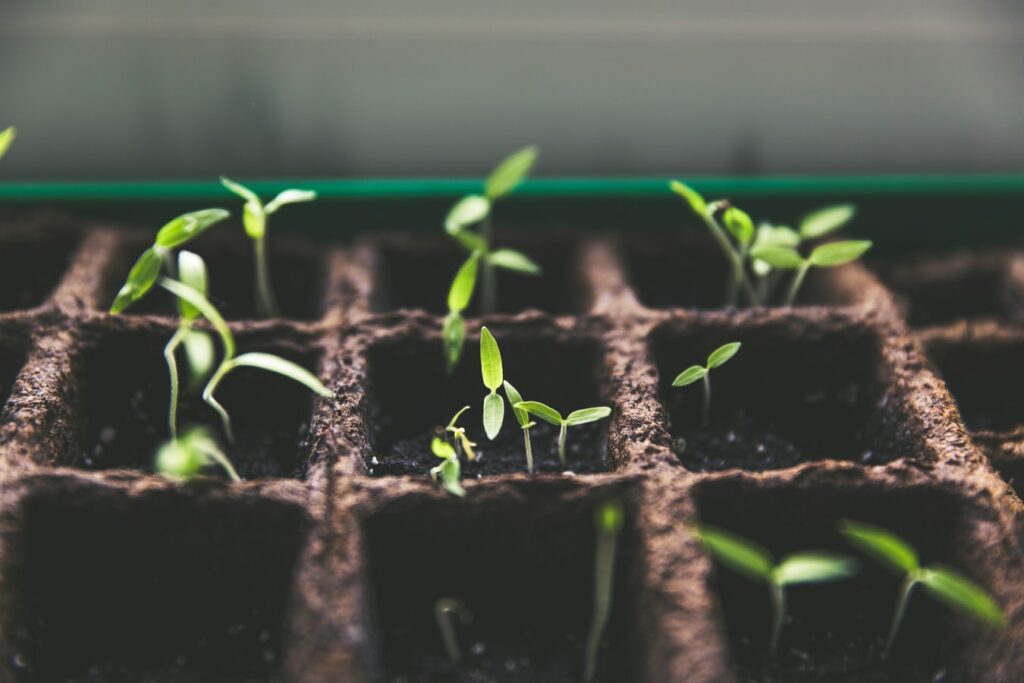Just like people, plants also have diurnal variations, and some aren’t really fans of mornings.

As we’ve all undoubtedly seen, some people we know are morning persons, while others, well, are not. This circadian clock is directed by a molecular metronome which guides our organisms through day and night like an internal cockadoodledoo that gets us up in the morning. It’s not just a morning or afternoon preference, many bodily processes are directed by this rhythm.
Researchers have known for a time that plants also seem to have this type of rhythm, and a team of researchers at the Earlham Institute and John Innes Centre in Norwich set out to explore what makes plants’ internal clocks tick, especially as understanding plant rhythms could enable farmers to optimize what they grow.
“A plant’s overall health is heavily influenced by how closely its circadian clock is synchronised to the length of each day and the passing of seasons. An accurate body clock can give it an edge over competitors, predators and pathogens,” says Dr. Hannah Rees, a postdoctoral researcher at the Earlham Institute and author of the paper.
The team examined Swedish Arabidopsis plants (Arabidopsis is the botanical version of the fruit fly — routinely used in experiments) to identify which genes direct these circadian shifts and how they influence plant activity. Swedish plants were also a good testing ground, Rees adds.
“We were interested to see how plant circadian clocks would be affected in Sweden; a country that experiences extreme variations in daylight hours and climate. Understanding the genetics behind body clock variation and adaptation could help us breed more climate-resilient crops in other regions.”
The team studied the genes of 191 varieties of Arabidopsis gathered from around Sweden, looking for minute genetic differences that could be tied to circadian function. Ultimately, their analysis found that a single DNA base-pair in one gene (COR28) made plants flower later and for a longer period. In other words, COR28 seems to direct the plants’ circadian rhythm.
“It’s amazing that just one base-pair change within the sequence of a single gene can influence how quickly the clock ticks,” explained Dr. Rees.
There was a difference of over 10 hours between the plants that ‘woke up’ and started activity earliest and the ones that started latest. It’s almost as if plants were working different shifts, researchers say.
Now, the team is looking at how what they’ve learned could be applied for plants of economic importance.
“Our findings highlight some interesting genes that might present targets for crop breeders, and provide a platform for future research. Our delayed fluorescence imaging system can be used on any green photosynthetic material, making it applicable to a wide range of plants. The next step will be to apply these findings to key agricultural crops, including brassicas and wheat.”
The study was published in the journal Plants, Cell & Environment.


